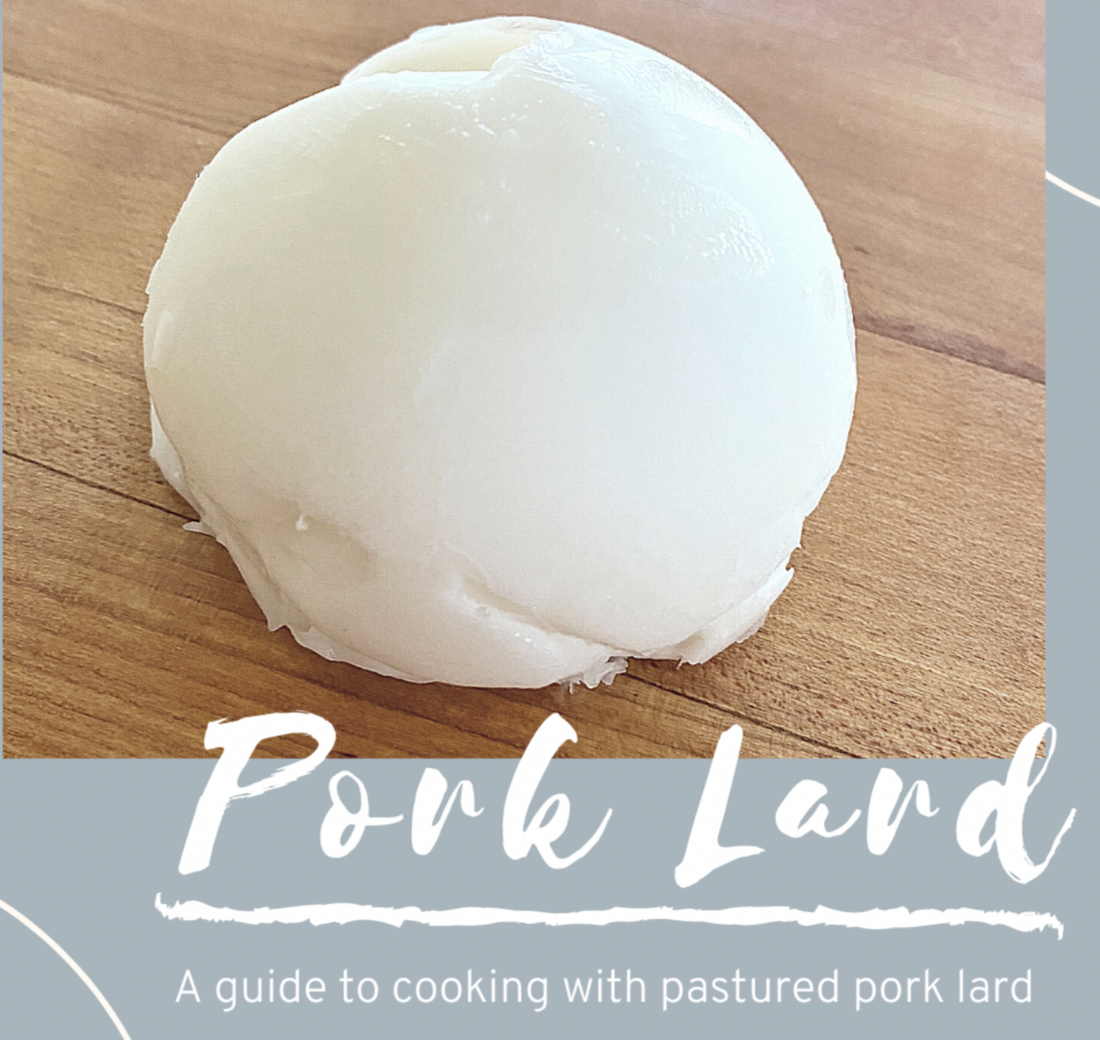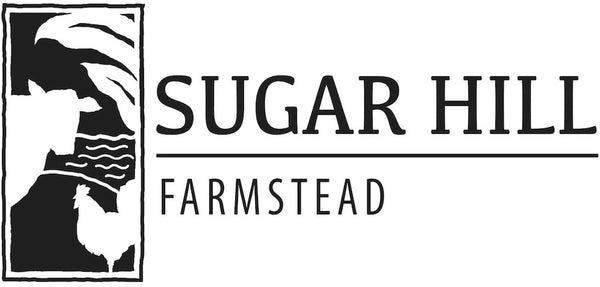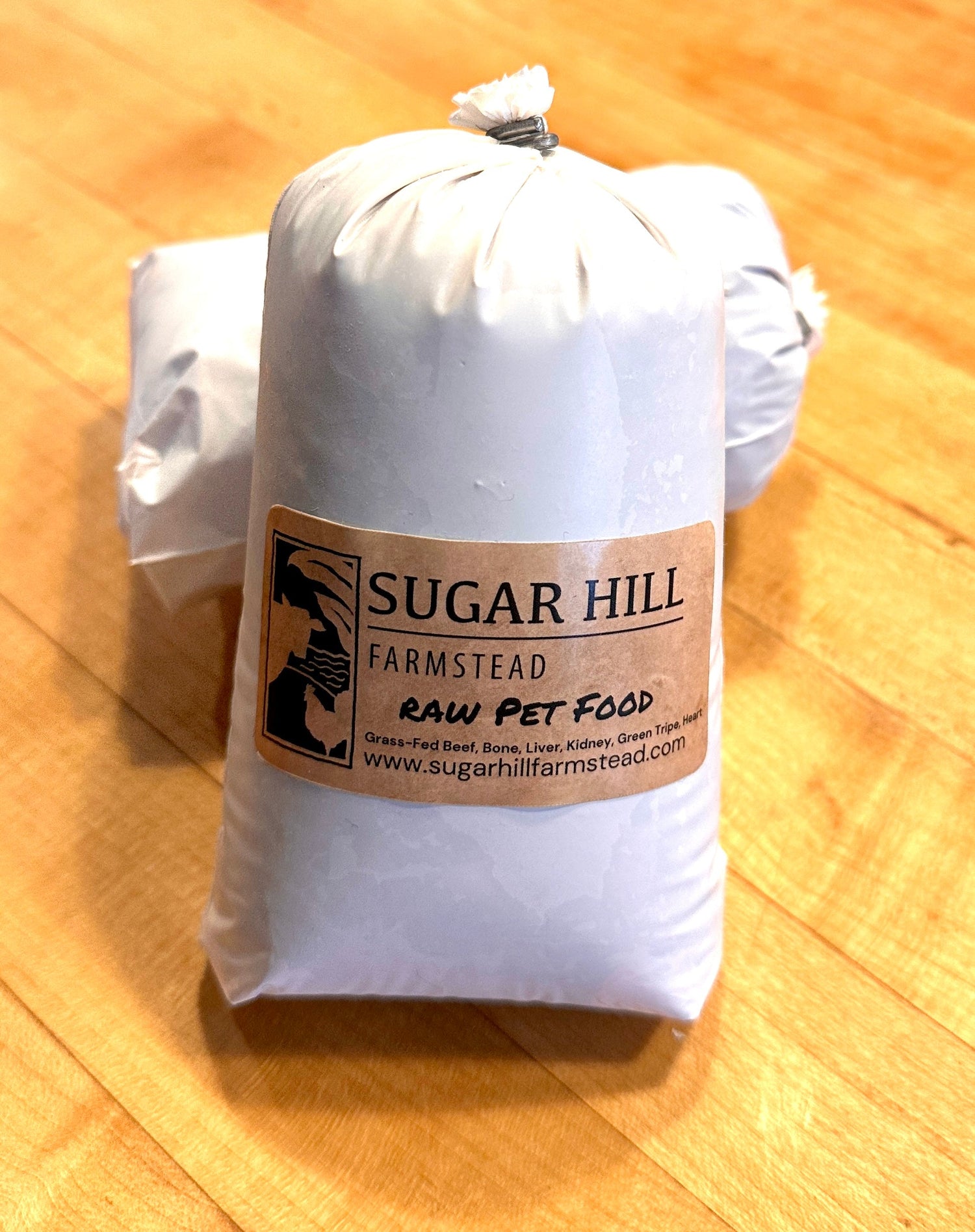
Guide to Cooking with Pastured Pork Lard
Share
What Is Lard?
Lard, especially leaf lard, is a kitchen treasure celebrated for its flavor, versatility, and natural health benefits. Made by rendering pig fat, leaf lard specifically comes from the fat surrounding the kidneys and loin, making it the highest quality of lard. At Sugar Hill Farmstead, we craft our lard from the leaf fat of our pasture-raised pigs, slowly rendering it at low temperatures. The result? A creamy texture and snow-white appearance that speaks to its purity and quality.
Why Choose Pastured Pork Lard?
Lard from pasture-raised pigs offers exceptional flavor and nutritional benefits, standing out from conventional lard. Here’s why:
• Rich, Clean Flavor: Pastured pigs are fed natural diets, producing lard with a superior taste.
• Higher Nutritional Value: Lard from pastured pork contains higher levels of Omega-3s and essential fatty acids.
• Ethical and Sustainable: Supporting pasture-raised farming helps promote animal welfare and sustainable agriculture.
Cooking with Pastured Pork Lard
Lard is a versatile ingredient that can elevate your cooking in many ways:
Baking with Pastured Pork Lard
If you’ve never used lard for baking, you’re in for a treat. Lard creates:
• Flaky Pie Crusts: Perfect for sweet and savory pies.
• Buttery Biscuits: Lard adds tenderness without overpowering the flavor.
Since leaf lard is neutral in taste, you won’t have to worry about your baked goods carrying a porky flavor.
Roasting with Lard
For crispy, golden perfection, nothing beats roasting with pastured pork lard:
• Roast Chicken: Rub lard over the skin and season for crispy, flavorful results.
• Crispy Potatoes: Toss diced potatoes in lard and your favorite seasonings before roasting.
Frying with Pastured Pork Lard
Thanks to its high smoke point, lard is excellent for high-heat frying:
• Fried Chicken: Achieve a perfectly crispy crust without the greasy aftertaste.
• Vegetable Stir-Fries: Lard adds richness to vegetables, enhancing their natural flavor.
Why Pastured Pork Lard Is Good for You
Lard, particularly from pasture-raised pigs, is healthier than you might think:
• No Trans Fats: Unlike many processed cooking fats, pure lard contains zero trans fats.
• Rich in Monounsaturated Fat: Lard is 60% monounsaturated fat, similar to olive oil, supporting heart health.
• Oleic Acid Benefits: This essential fatty acid can help reduce LDL (“bad”) cholesterol and support cardiovascular health.
By choosing lard from pastured pigs, you’re not only enhancing your meals but also supporting your overall health.
How to Store Pastured Pork Lard
To maintain the quality of your lard, follow these storage tips:
• Refrigeration: Store in an airtight container in the fridge for up to a year.
• Room Temperature: In cooler climates, lard can be stored in a cabinet for 4–6 months.
• Freezing: Extend the shelf life further by freezing lard in small portions for convenient use.
When refrigerated, lard takes on a creamy, spreadable texture, perfect for whipping into savory spreads or toppings.
Elevate Your Cooking with Pastured Pork Lard
Cooking with pasture-raised pig leaf fat lard is a game-changer. Its clean, delicate taste and versatility make it ideal for everything from baking to frying. Want to take your culinary creations to the next level? Try this idea:
Whipped Lardo Recipe
1. Blend softened lard with salt and spices of your choice.
2. Whip lightly until creamy and serve as a luxurious spread for bread or crackers.
With its unmatched flavor and versatility, pastured pork lard is a staple that no kitchen should be without.





